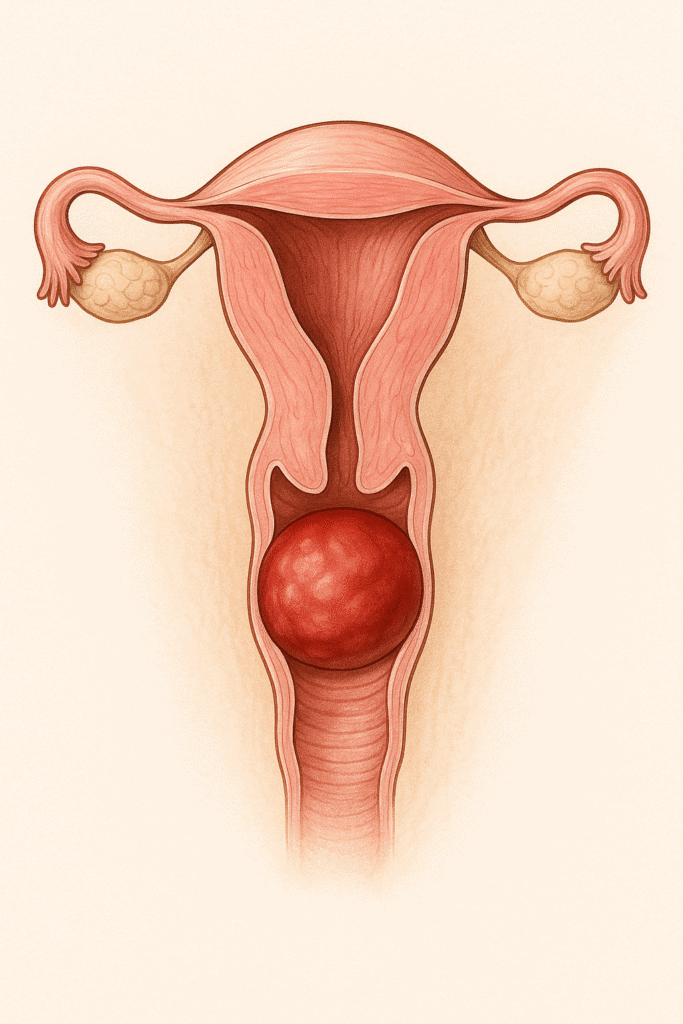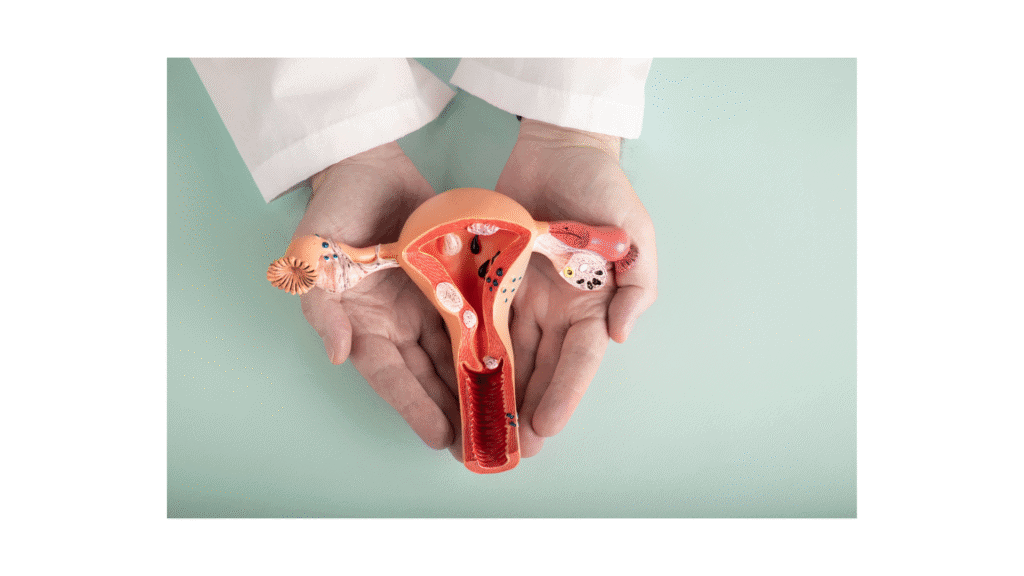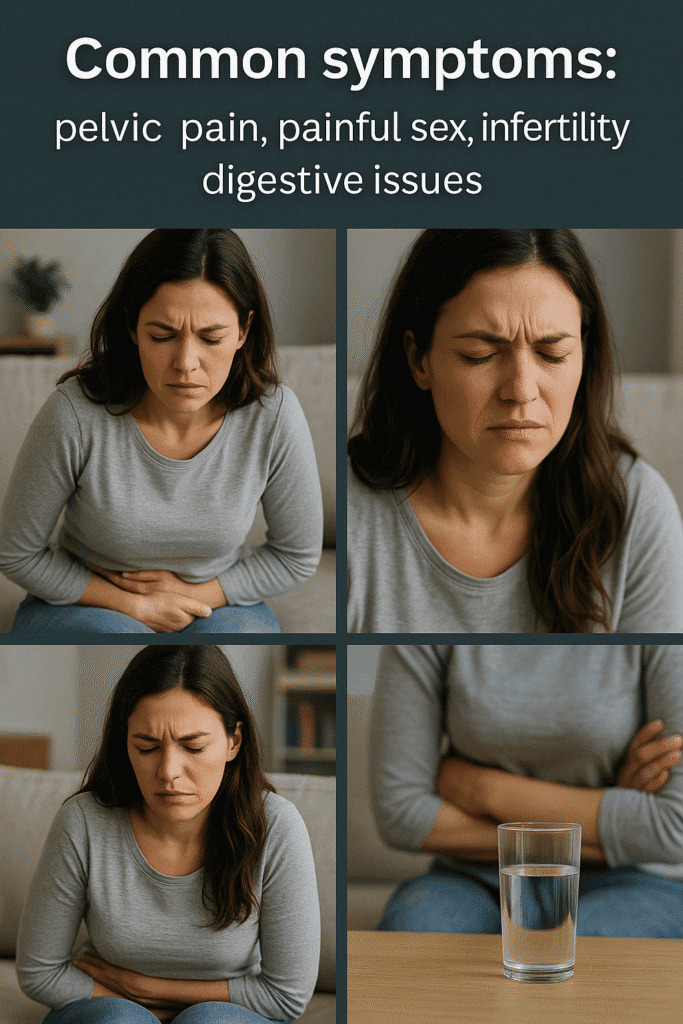When Endometriosis Hides in Unusual Places: A Story of a Vaginal Mass
Exercise and Endometriosis: Can Movement Help Manage the Pain?
Stem Cell Therapy for Endometriosis
Latest Research and Advances in Endometriosis Treatment
Mental Health and Endometriosis
Top 10 Myths About Endometriosis Debunked
Endometriosis in Adolescents.
Endometriosis and Fertility: What You Need to Know
Managing Endometriosis Pain: Effective Strategies and Therapies
Understanding Endometriosis: Symptoms, Causes, and Diagnosis
What You Need to Know About Endometriosis
Reproductive health encompasses a wide range of issues affecting both men and women, including the ability to have children, the prevention and treatment of reproductive health disorders, and the provision of necessary information for making informed decisions. It’s essential to understand the factors that can influence reproductive health, such as lifestyle choices, medical history, and environmental exposures. Education on these aspects not only empowers individuals but also promotes healthier communities.
Endometriosis: Key Insights for Your Reproductive Health
Endometriosis is a condition that affects millions of women worldwide, often leading to pain and fertility issues. It occurs when tissue similar to the lining of the uterus grows outside of it, causing inflammation and scarring. Understanding endometriosis is vital not only for those affected but also for their families and healthcare providers. Early diagnosis and intervention can significantly improve quality of life and reproductive outcomes. Awareness campaigns and educational resources play a crucial role in demystifying this condition, reducing stigma, and encouraging women to seek the help they need.
Understanding Endometriosis and Reproductive Health: A Path Toward Empowerment
Understanding reproductive health is essential for effective treatment and management, especially when it comes to conditions like endometriosis. This chronic disorder affects millions of women worldwide and is a leading cause of infertility, pelvic pain, and decreased quality of life. Recognizing how endometriosis influences reproductive health is the first step toward early diagnosis and proactive care. Women who are educated about their bodies are more likely to identify abnormal symptoms and seek timely medical intervention, reducing the long-term impact of endometriosis.
The symptoms of endometriosis can vary significantly from one woman to another, making it a challenging condition to diagnose. However, some hallmark signs include chronic pelvic pain, painful menstruation, heavy bleeding, painful intercourse, and difficulty conceiving. Because endometriosis often mimics other health issues like irritable bowel syndrome or ovarian cysts, it can go undiagnosed for years. Increased awareness and education are vital to helping women and healthcare professionals recognize the signs of endometriosis and differentiate it from other disorders.
Regular gynecological check-ups and honest communication with healthcare providers are crucial in the management of endometriosis. These visits allow for early detection and more effective treatment plans. Diagnostic tools such as pelvic exams, ultrasounds, and laparoscopy are commonly used to confirm the presence of endometriosis. Once diagnosed, a personalized management plan can be developed, emphasizing the importance of continuous monitoring and open dialogue. With endometriosis, early intervention can significantly improve reproductive health outcomes and quality of life.
Treatment options for endometriosis are diverse and should be tailored to each individual’s symptoms, reproductive goals, and overall health. Common treatments include hormonal therapies that help regulate or suppress the menstrual cycle, reducing the growth of endometrial-like tissue. For those with severe endometriosis, surgical options like laparoscopy can provide significant relief by removing or destroying the affected tissue. In some cases, assisted reproductive technologies like IVF may be necessary to overcome endometriosis-related infertility. The availability of treatment choices highlights the importance of understanding and discussing all possible paths with a healthcare professional.
Beyond physical symptoms, endometriosis also impacts mental and emotional health. Chronic pain, uncertainty, and the struggle with infertility can lead to depression, anxiety, and feelings of isolation. Creating a strong support system is essential for coping. Support groups, counseling services, and educational resources can help women with endometriosisfeel understood and empowered. Through shared experiences and mutual encouragement, many women find strength and resilience in facing the challenges of endometriosis together.
Lifestyle changes can also play a role in managing endometriosis. A healthy diet rich in anti-inflammatory foods, regular exercise, stress management, and adequate sleep can help reduce symptom severity. While these changes are not a cure, they can complement medical treatment and improve overall well-being. More research is being conducted into how lifestyle modifications can enhance the daily lives of women with endometriosis, offering hope for more holistic management strategies.
Furthermore, it’s important to understand the potential complications of endometriosis. Women with the condition may face increased risks of infertility, ovarian cancer, and chronic pain disorders. Proactive health monitoring, early intervention, and patient education can help reduce these risks and improve long-term outcomes. Ongoing research continues to uncover new insights into the pathophysiology and treatment of endometriosis, underscoring the need for continued investment in women’s health.
In conclusion, the journey through endometriosis and reproductive health requires a comprehensive approach that includes education, awareness, and support. By fostering open conversations about these topics, we can create a more informed society that prioritizes women’s health. Engaging with healthcare professionals, participating in support groups, and advocating for research can all play pivotal roles in improving outcomes for those affected by endometriosis.










